NASA warns that Earth is not ready for a surprise asteroid strike.
NASA’s Dr Joseph Nuth said about an asteroid impact, at a conference this week, that ‘there’s not a lot we can do about it at the moment.’
He said the warning time is not long enough to launch a deflection mission
He added that we could create a new interceptor rocket, to launch within a year, to deflect an asteroid that has a course to strike our planet.
Above, artist’s concept of an asteroid striking Earth. Credit: NASA/Don Davis
Scientists from Los Alamos National Laboratory are using high performance computing to investigate how an asteroid’s kinetic energy is transferred to the atmosphere and ocean.
FM16 Press Conference: Defending the home planet
Will it be an asteroid or a comet? Which is worse, an oblique impact over water or over land? And perhaps most important, can we do anything about it? Researchers seeking answers to these questions will present their latest advances in assessing the danger of impacts over land and sea, as well as new work on ways to fend off the threat.
Aerial view of Barringer Crater in Arizona. Credit wikimedia
Dr Cathy Plesko, from Los Alamos National Laboratory, said:
“There were two ways humans might deflect an asteroid: a nuclear warhead or a ‘kinetic impactor, which is basically a giant cannonball.’
Cannonball technology is actually very good technology, intercepting an object at high speed actually ends up being more effective than high explosives.
We are very carefully doing our homework before finals week. We don’t want to be doing our calculations before something is coming. We need to have this work done.”
Frequency of small asteroids roughly 1 to 20 meters in diameter impacting Earth’s atmosphere. Credit wikimedia
via dailymail

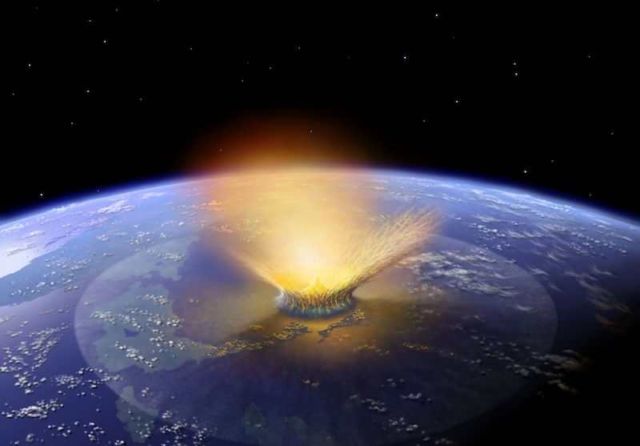
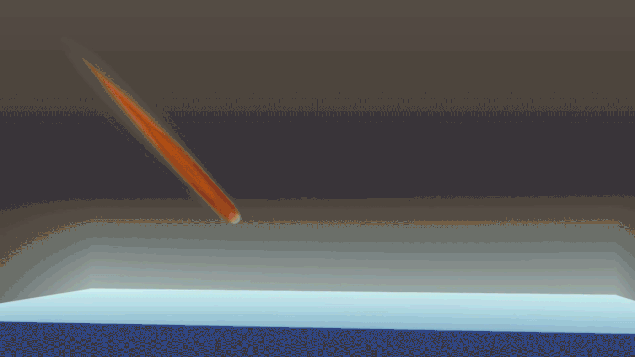
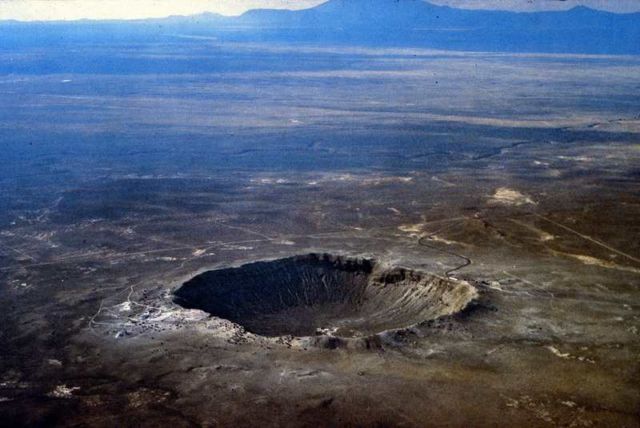
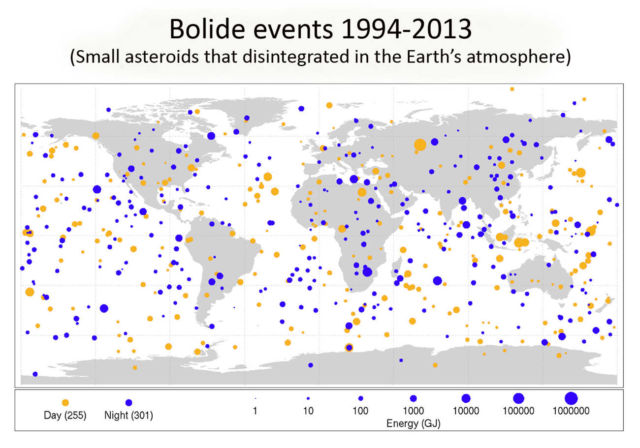



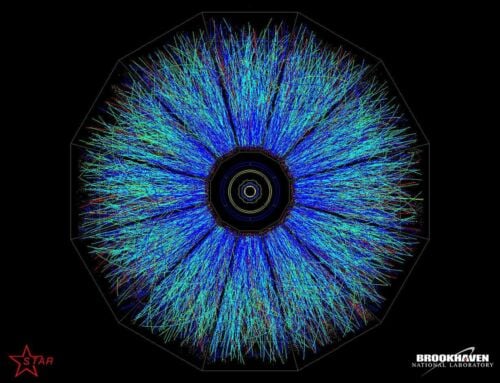
Leave A Comment